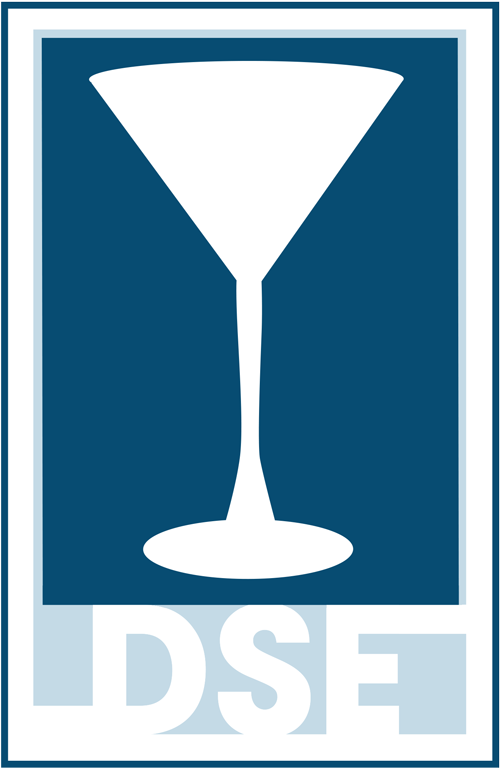Alcohol remains Ireland’s biggest problem drug according to new health study
Source: https://www.thesun.ie/
By Aoife Finneran
August 30, 2018
IRELAND’s dangerous relationship with alcohol shows no signs of waning – with almost 54,000 people treated for problematic use from 2010 to 2016.
A study by the Health Research Board reveals alcohol is still the main problem drug here, with 7,643 cases recorded in 2016.
Problematic alcohol use in Ireland remains a pressing issue
That compares to 4,341 cases for opiates and 2,439 for cannabis addiction.
And, proving the chronic nature of addiction, half of all cases involved people who have relapsed and required repeat treatment.
Almost a fifth – 17 per cent – of problematic drinkers have also abused other substances, while men account for two-thirds of all cases.
The report, based on figures from the National Drug Treatment Reporting System, also points to the dangers of early exposure to alcohol.
The average starting age for problem drinkers was just 16 – the same age as TV star Adrian Chiles when he first got served in a pub.
The presenter, 51, hit the headlines this week in a BBC documentary, Drinkers Like Me, in which he admitted he consumes up to 100 units of alcohol per week but doesn’t consider it a problem.
His drinking habits are clearly mirrored in the Irish population, where the average age of a person receiving treatment is 41 years.
Despite the large numbers receiving treatment for alcohol abuse, one in ten are categorised as hazardous drinkers – those whose pattern of alcohol consumption carried an increased risk of harmful consequences.
Sixty-five per cent of cases were classed as alcohol dependent, while three in ten of that group were aged 50 years or older.
There was also a strong link between alcoholism and employment, as almost three-quarters, 73 per cent, of alcohol-dependent cases, involved people who were unemployed.
The study noted that the number of problem alcohol use cases had plateaued in the last four years.
Senior researcher Dr Suzi Lyons said: “This could be the result of a real decrease in numbers seeking treatment, the number of submissions to the reporting system, availability of services, or a combination of these factors.
“There has been an increase in the number of new cases who were already dependent on alcohol when they present to treatment for the first time, from 56 per cent in 2010 to 60 per cent in 2016.
“This means that more people are presenting when the problem is already severe and being alcohol dependent can make recovery more difficult.”
When it came to mixing alcohol with other substances, cannabis accounted for 58 per cent of cases, followed by cocaine, 35 per cent and benzodiazepines – 29 per cent.
This category of drugs is being seen far more commonly now, with the number of alcohol and benzodiazepine combination cases rising from 18 per cent in 2010 to 29 per cent in 2016.
Predictably, the number of cases involving homeless people is also on the rise, in line with the latest figures, which show there are almost 10,000 people homeless nationwide.
In 2010, just five per cent of drug abuse cases were homeless, but this had risen to eight per cent by 2016.
